01/02: Birds and Gators
Category: General
Posted by: The Agnew Family
Shark Valley is not a valley with Sharks but rather an area in the Everglades National Park. Shark Valley lies in the heart of the "True Everglades," or river of grass, that stretches 100 miles from Lake Okeechobee to the Gulf of Mexico. An observation tower is at the mid point of a 15 mile (round trip) road that goes into the everglades. You can hike, bike or take a tram. We opted for the tram ride and then we did the couple of short hikes. The road to the tower was built by an oil company when they were looking for oil. Luckily no oil was found and the land was donated to the federal government for a park. The road from the tower back to the visitor center, completing the loop, was built by park services.
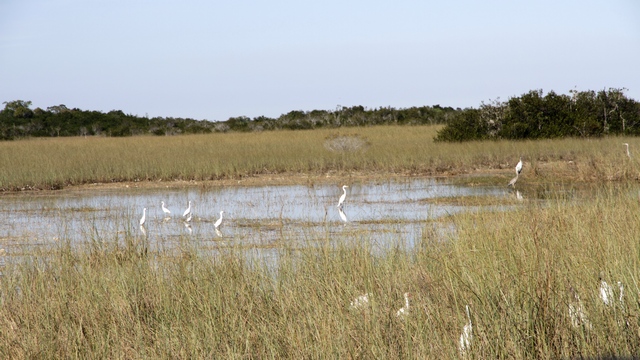
Looking out over the sawgrass at the trees in the distance.
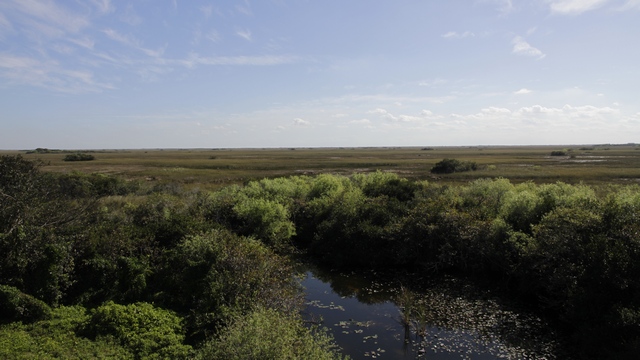
A view from the observation tower. The tower began life as a fire tower. Today instead of putting out fires the park rangers do controlled burns.
We saw lots and lots and lots of birds and alligators, so Ed shot a humongous number of photos and some of them were even good (actually a lot of them were good). This means I'm posting more than the normal number of photos.
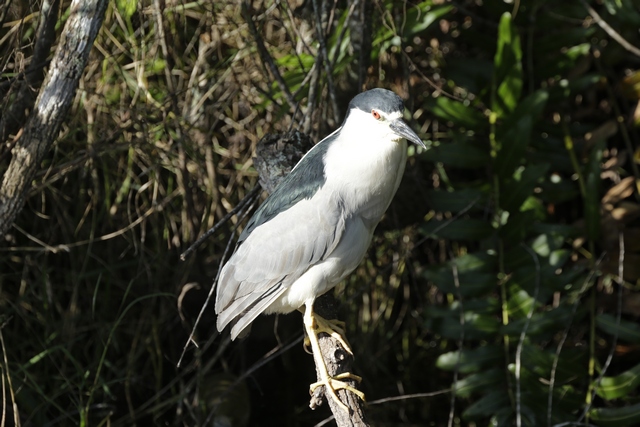
Night Heron.
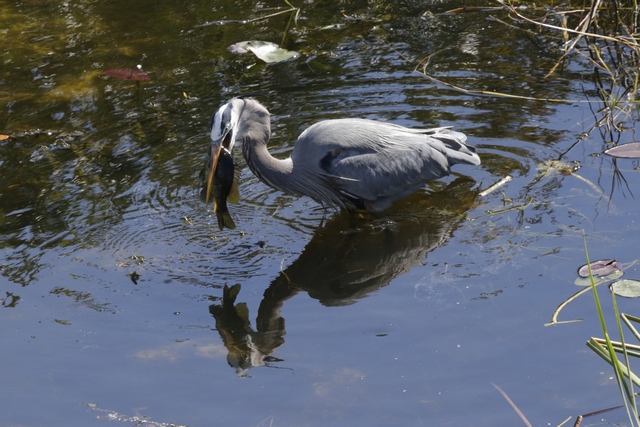
Yum! Lunch is served. Great Blue Heron.
We saw a lot of alligators today, some swimming, some sleeping, some big, some small and some downright tiny. Yup, we got to see baby alligators. Alligator babies may stay in "the pod" with their mother for up to three years.
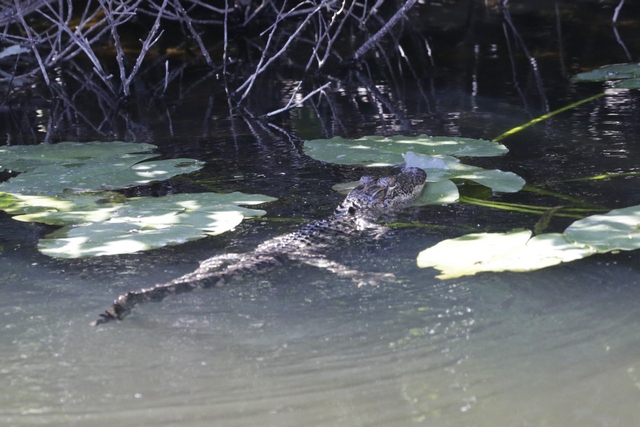
Baby Alligator tromping through the lily pads.
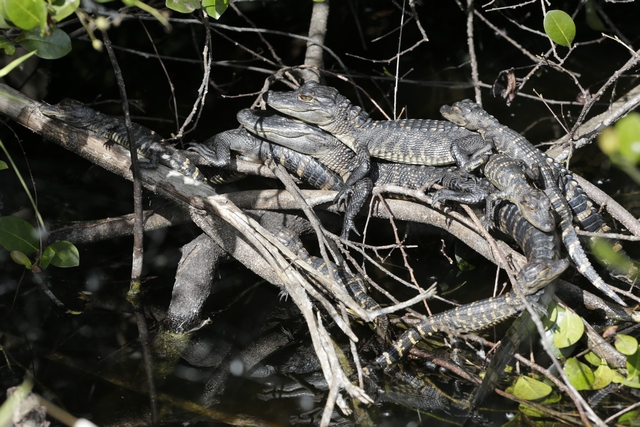
Seven Alligator pileup. Mom was just across the road ---- watching. Can you find all seven?
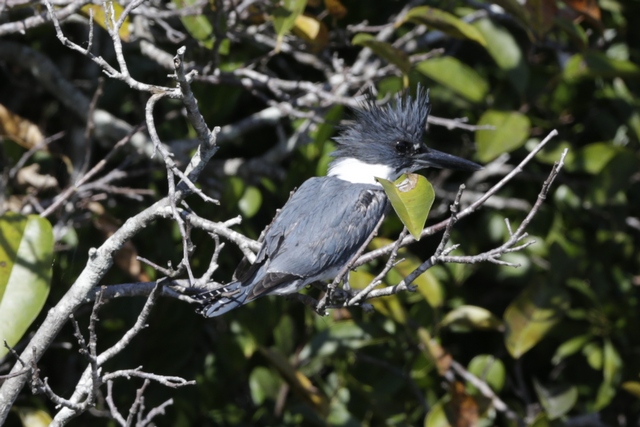
Belted Kingfisher having a bad hair day.
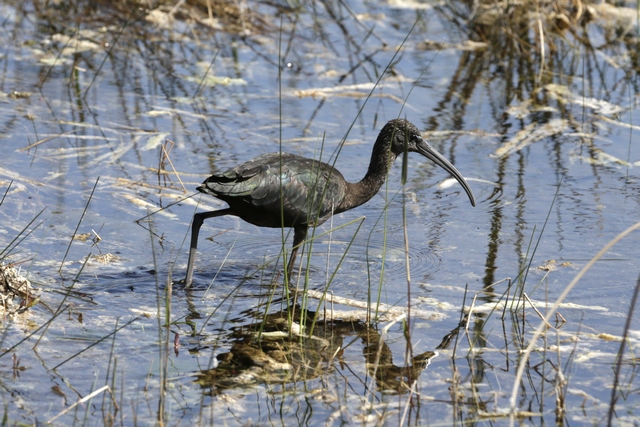
Glossy Ibis --- first we've seen on this trip. The Ibis has a chestnut brown head and neck and iridescent green and blue wings and tail.
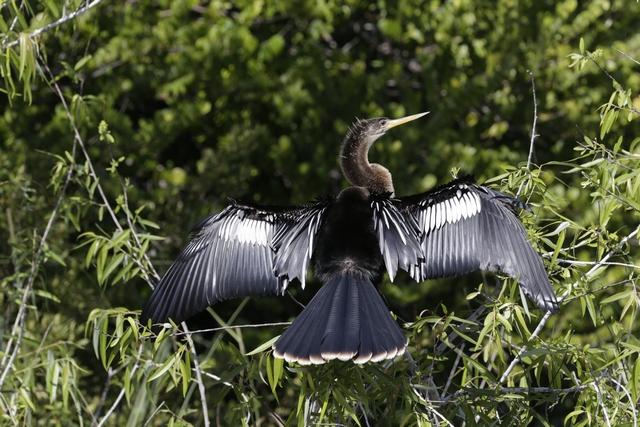
A female Anhinga drying her wings.
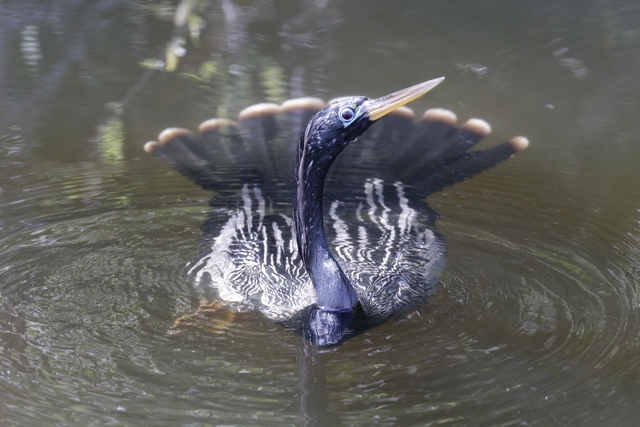
A male Anhinga surfacing after a dive. The body and tail are still under water.
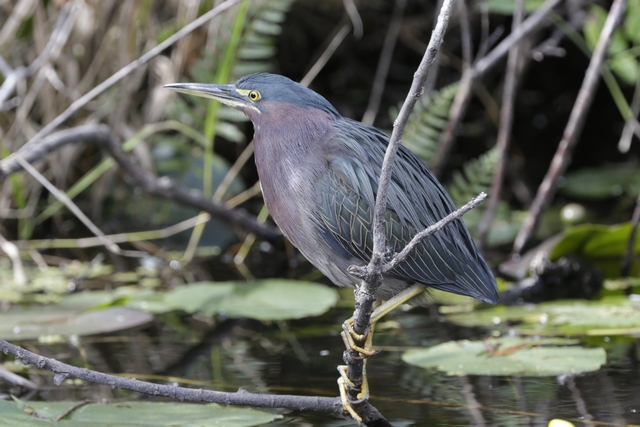
A Green Heron in normal respose
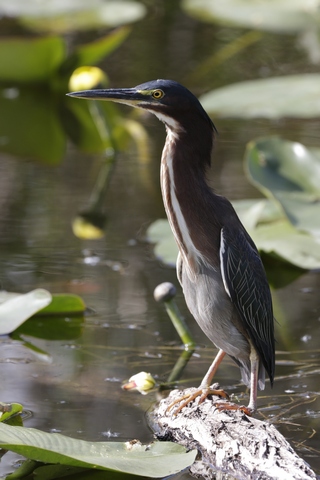
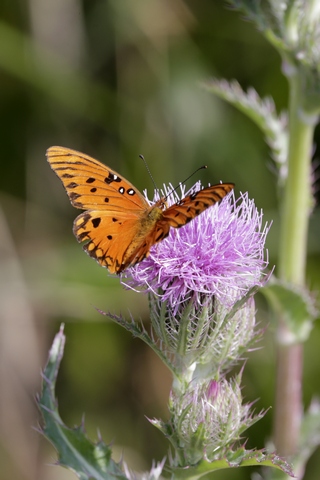
A Green Heron with his neck extended --- probably looking for a fish. We also saw a number of different butterflies. They seemed to like the thistles.
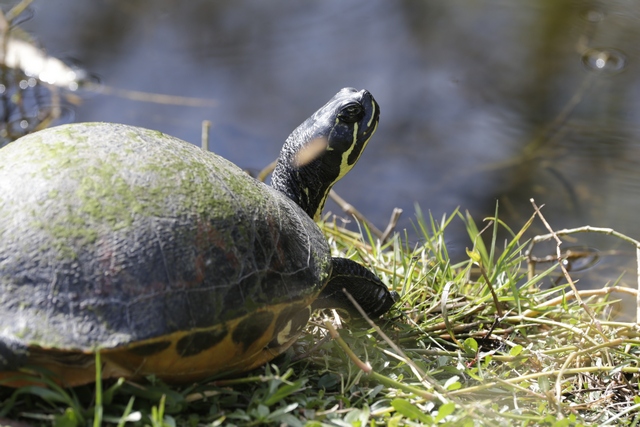
Turtle but don't have a clue of the type,
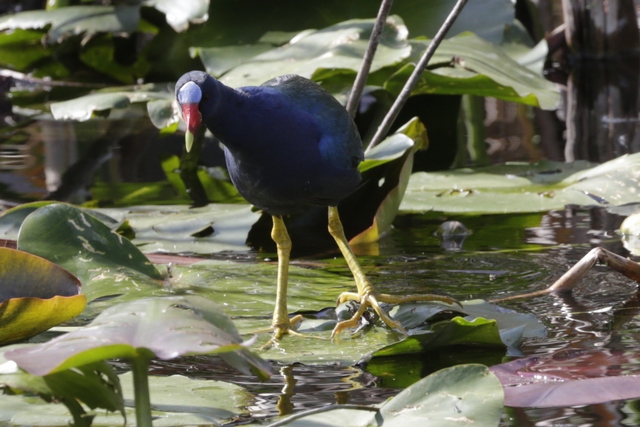
Ed's been looking for this bird since we arrived in Florida. It is the Purple Gallinule.
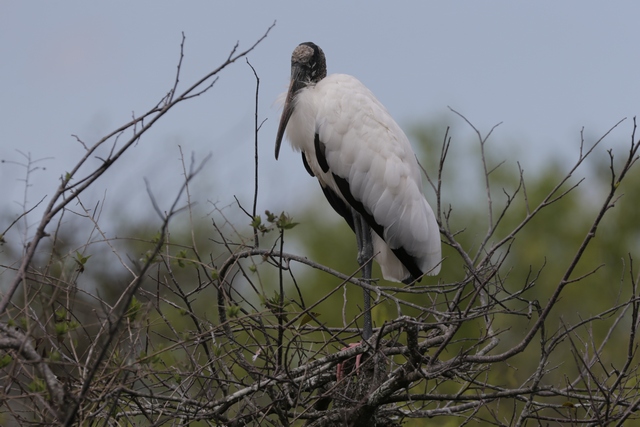
The Wood stork is a large American wading bird. It is classified as a threatened species by the US Fish & Wildlife Services.
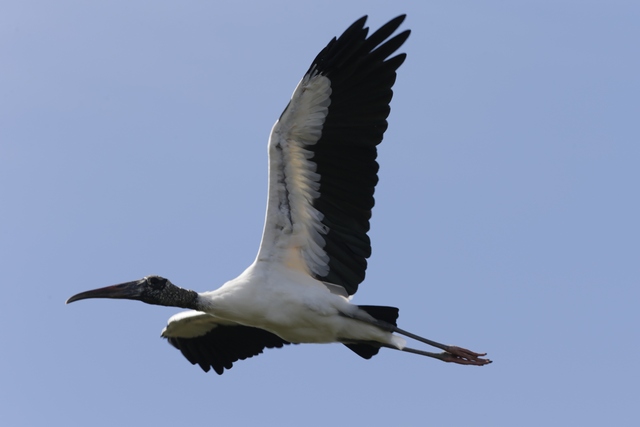
Wood stork flying about.

Looking out over the sawgrass at the trees in the distance.

A view from the observation tower. The tower began life as a fire tower. Today instead of putting out fires the park rangers do controlled burns.
We saw lots and lots and lots of birds and alligators, so Ed shot a humongous number of photos and some of them were even good (actually a lot of them were good). This means I'm posting more than the normal number of photos.

Night Heron.

Yum! Lunch is served. Great Blue Heron.
We saw a lot of alligators today, some swimming, some sleeping, some big, some small and some downright tiny. Yup, we got to see baby alligators. Alligator babies may stay in "the pod" with their mother for up to three years.

Baby Alligator tromping through the lily pads.

Seven Alligator pileup. Mom was just across the road ---- watching. Can you find all seven?

Belted Kingfisher having a bad hair day.

Glossy Ibis --- first we've seen on this trip. The Ibis has a chestnut brown head and neck and iridescent green and blue wings and tail.

A female Anhinga drying her wings.

A male Anhinga surfacing after a dive. The body and tail are still under water.

A Green Heron in normal respose


A Green Heron with his neck extended --- probably looking for a fish. We also saw a number of different butterflies. They seemed to like the thistles.

Turtle but don't have a clue of the type,

Ed's been looking for this bird since we arrived in Florida. It is the Purple Gallinule.

The Wood stork is a large American wading bird. It is classified as a threatened species by the US Fish & Wildlife Services.

Wood stork flying about.